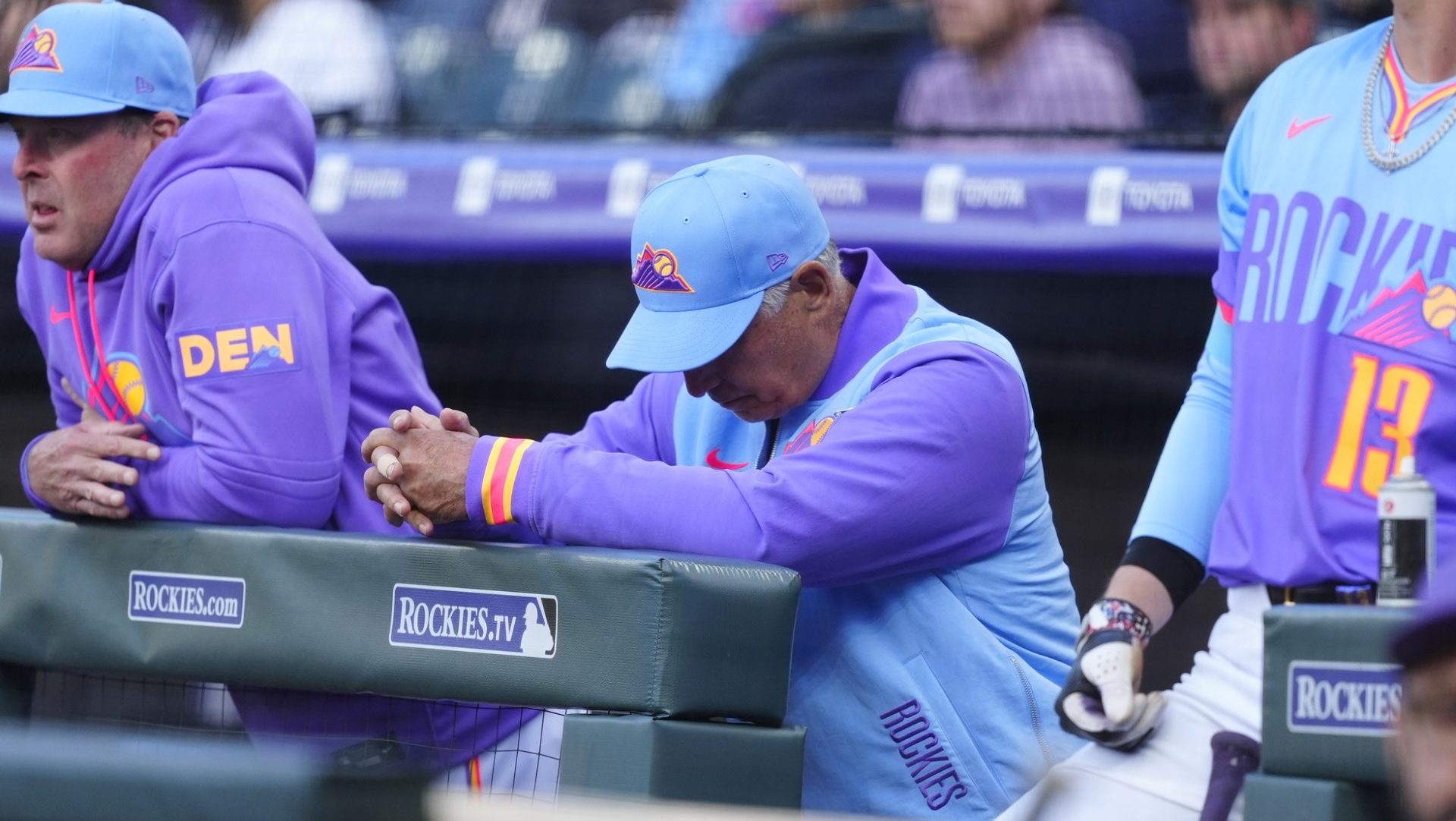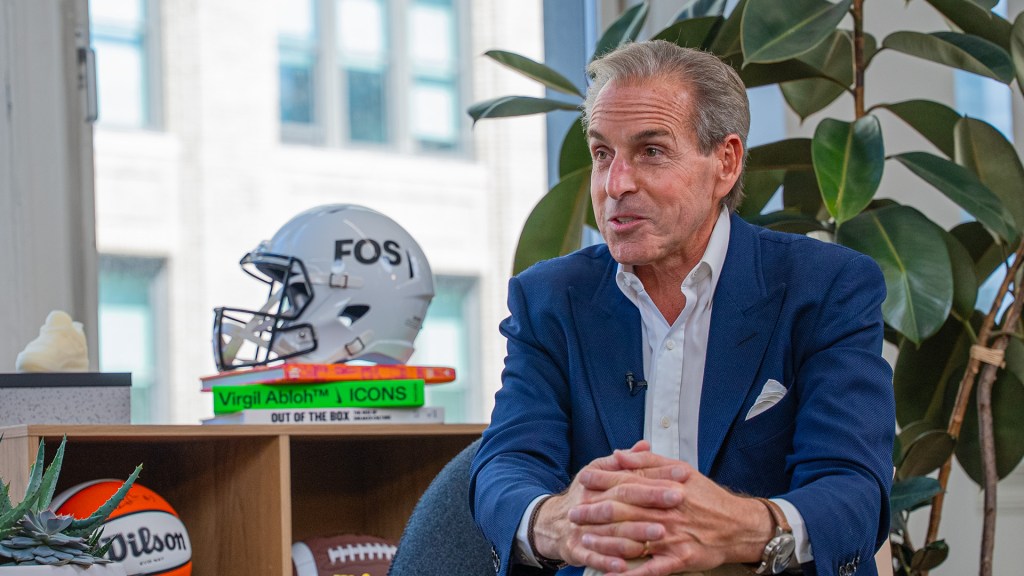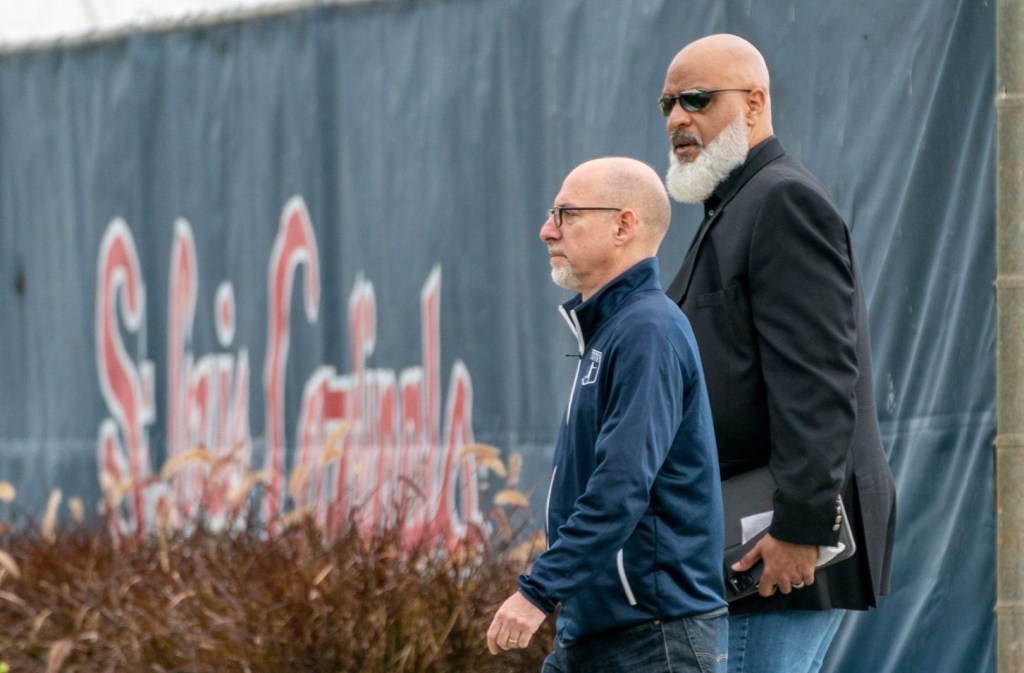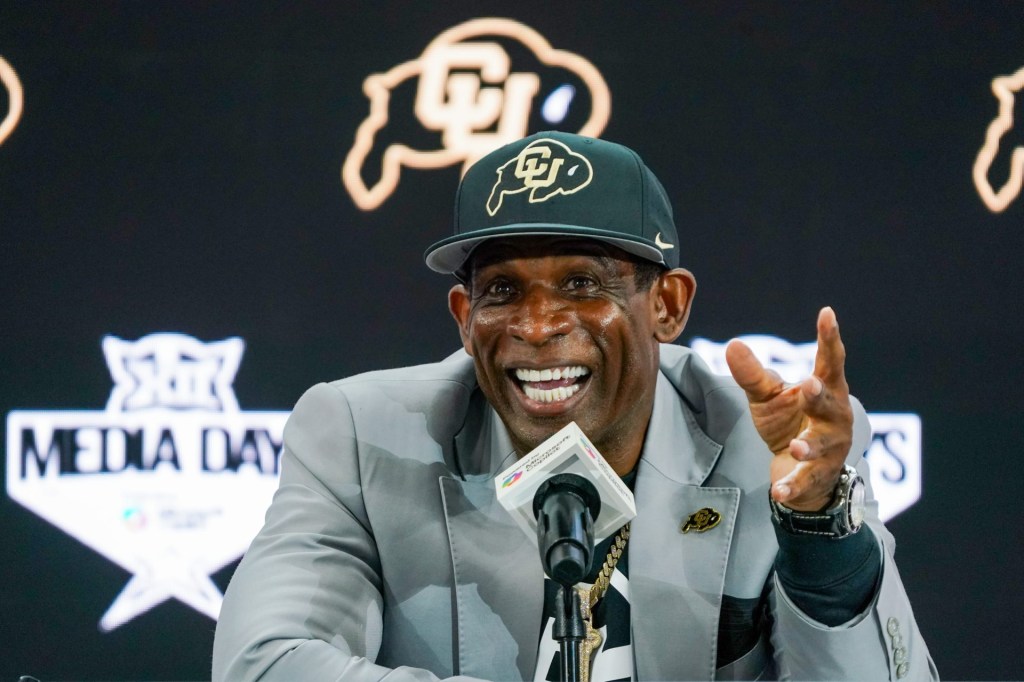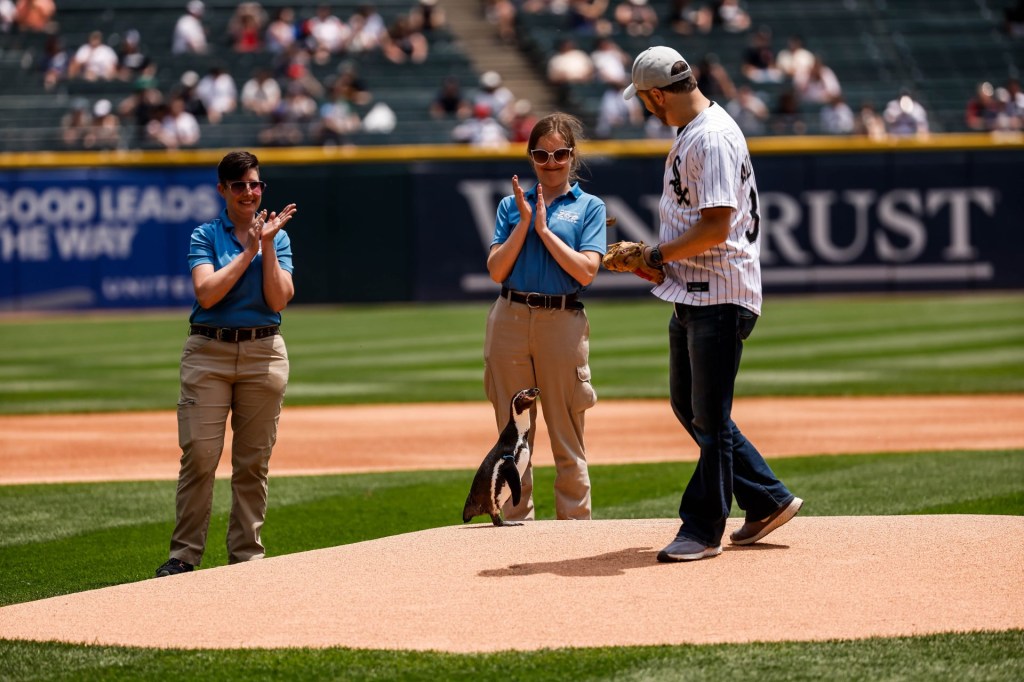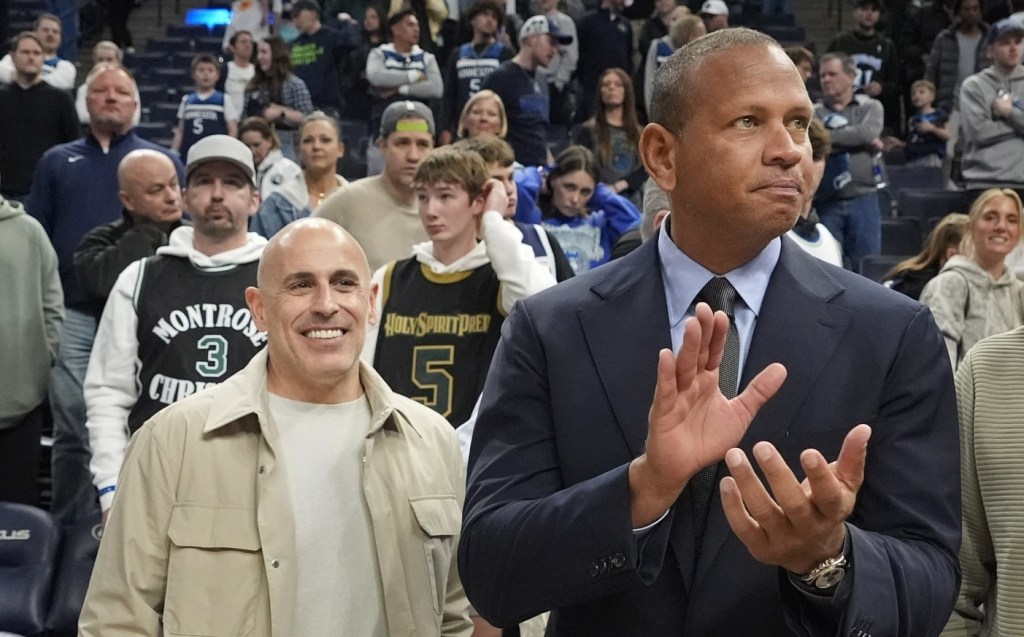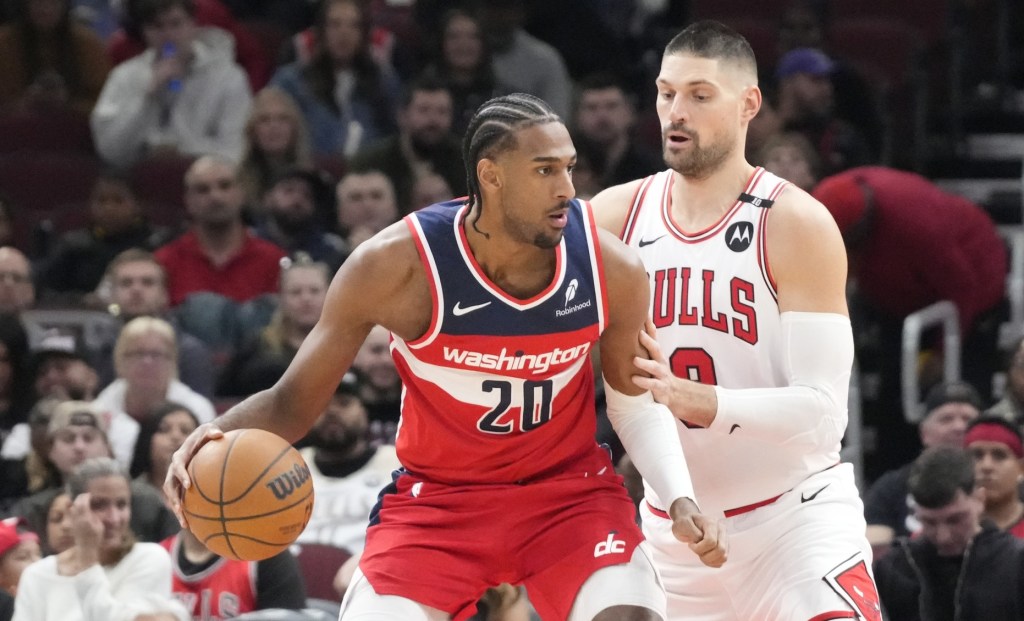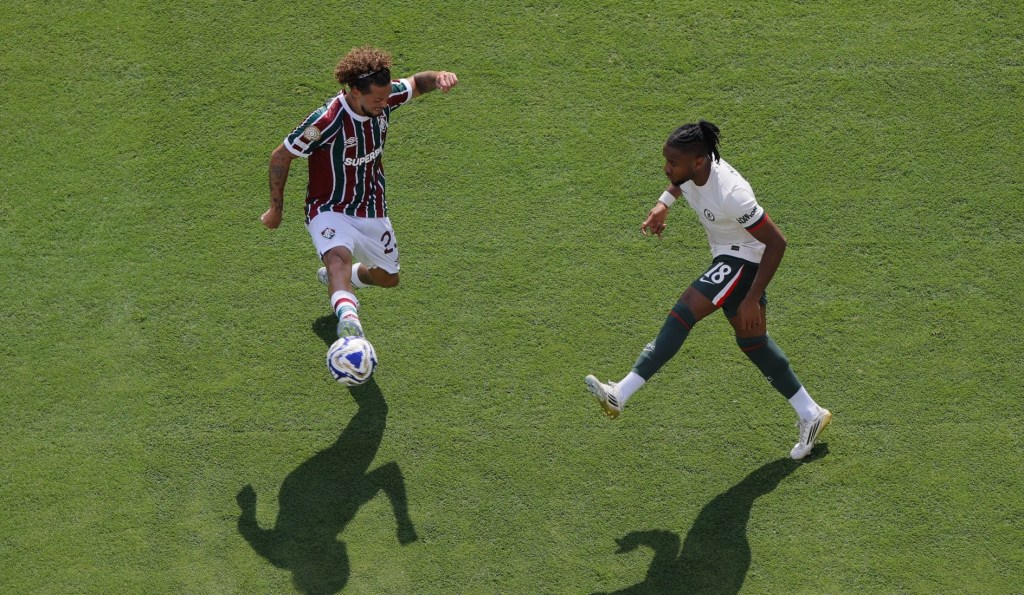Just about everybody in and around baseball expected the Rockies to be terrible this year. A month into the 2025 season, however, Colorado is hitting unprecedented depths.
The Rockies scratched out a 2-1 win over the Braves on Wednesday afternoon, but even with that victory, the team ended April with a 5-25 record, particularly after a recent stretch of 16 losses in 17 games. Colorado remains well on pace to fall below the modern-era MLB record of 121 losses, set just last year by the White Sox. The Rockies are the first team to lose 24 of their first 28 games since the 2003 Tigers, and are off to the worst start in modern National League history.
Analytics experts and sportsbooks gave the Rockies literally no shot for the playoffs on Opening Day this year. The Rockies have sunk below even those expectations in every facet of the game, with a team run differential, batting average, fielding average, and earned run average that are each at or near the worst in the league.
“Guys are frustrated for sure,” Rockies manager Bud Black said earlier this week in a significant understatement. “We’re just not getting the results overall from all 26 guys [on the roster].”
Underlying Reasons
The Rockies’ malaise has been years in the making, as the team last had a winning season and playoff appearance in 2018. Since a surprise run to the 2007 World Series, Colorado has had just three winning seasons and has finished last in the National League West division six times, with a seventh cellar spot almost certainly coming this year. A run of underperforming draft picks and soured bets in the free-agent market, such as a seven-year $182 million deal for oft-injured Kris Bryant, have only added to the problem.
Rockies owner Dick Monfort, meanwhile, has been an outspoken critic of MLB’s widening economic gap, saying recently, “Something’s got to happen. The competitive imbalance in baseball has gotten to the point of ludicrosity now.”
That sentiment arrives as the Rockies have the MLB’s No. 21 luxury tax payroll at $145 million, and battle in a division against the No. 1 Dodgers ($400 million), No. 5 Padres ($268 million), No. 11 Diamondbacks ($221 million), and No. 12 Giants ($213 million), representing the tightest concentration of big spending of any of MLB’s six divisions.
Perhaps stung by deals such as the Bryant pact and Monfort’s sentiment, the Rockies have not been a significant pursuer of major available talent in recent offseasons, such as Shohei Ohtani, Juan Soto, Pete Alonso, and Roki Sasaki.
Fans, however, are still coming out to Coors Field. The team’s average attendance of 25,142, including a solid draw of 29,661 for the Wednesday win over the Braves, ranks 18th in the league and is actually up about 4% from a year ago. The Rockies were an early trailblazer in creating ballpark standing-room areas favored by younger fans, now a standard offering around the league, and those fans have essentially turned Coors Field into another popular downtown bar.
